Scala construction methods
Posted by Huw,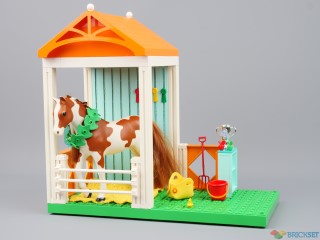
Scala could almost be considered to be another LEGO 'system' because although it was broadly compatible with regular System LEGO, it introduced and utilised a number of unique pieces and connection methods that have not been used since.
In this, the penultimate article in a short series about the Scala dolls sets released around the turn of the century, I'll take 3124 Indie's Stable apart to explain them, then show what they made possible with the theme's crowning glory, 3290 The Big Family House.
Many of the larger Scala sets were dolls' houses or similar structures, so a number of parts were produced to enable large enough ones to fit the dolls to be made with as few pieces as possible.
Structures were constructed using frame and wall elements, topped with a single roof piece, of which there were two sizes.
The frame for the stable consists of eight pieces: four pillars and four L-shaped horizontal supports. There were two lengths of these: the small ones in this set, 18 studs long, and some double the length.
Walls came in various widths. This is the narrowest, at 18 studs/9 flowers. Some had vertical grooves on both sides and some had a plain, usually printed, side. They were held into the frame with the aid of 'tongues' that mated with the grooves in the pillars.
The pillars were 28.5 studs, or 22 2/3rds bricks high and on each end there's a pin which clips into holes in the baseplates, and also into the horizontal supports at the top. The pins are a larger diameter than Technic ones.
The L-shaped horizontal supports clipped together using a similar pin, and had a hole underneath which accepted the one on the pillar. The resultant structure is very robust and, actually, quite difficult for little fingers to assemble and disassemble.
Furniture, noticeboards, mirrors, shelves, towel rails and so on could be clipped into the vertical grooves in the walls
The system actually works very well: it's robust, easy to attach and detach, while also providing a lot of flexibility.
What's particularly clever about it is that items that connect to the wall in this way can also be connected together back-to-back.
The bookcase is topped with 6x3 plate with reduced studs.
There were also 6x3 tiles and 6x6 tiles long before the latter became widespread.
However, they are not tiles as we know them: they do not have anti-studs: just a rim around the edge which is sufficient to keep them in place.
Scala sets came with two types of baseplate. This massive 44x44 one came in 3290 The Big Family House and must be one of the largest and heaviest chunks of ABS LEGO has ever produced.
It's one-and-a-third bricks high and has strips two studs in from the edges that keep it in place when it positioned on top of the horizontal supports, as would be the case in two-story buildings.
Like regular System, vacuum-formed plates were also produced, this one is 12 x 22 studs or 6 x 11 flowers.
It's not like the System ones, though, in that it has a lip around the edge and dimples in the middle to prevent it from bowing when pressed. It's exactly 1 plate high, so in that regard it's superior to the System ones.
Very few plates were found in the sets and those that they did contain were special Scala plates. They were only produced in 2x4 and 4x4, or 1x2 and 2x2 flowers, sizes.
The studs have Scala rather than LEGO moulded on them.
They are compatible with regular LEGO plates and bricks, although only 2x sizes can be affixed to them
The circular groove around the centre stud accepts 1x1 round bricks.
And also the heels of shoes which helps the dolls stand upright
3290 The Big Family House
This was released with the first wave of sets in 1997, and was the largest Scala set produced. It's 65cm tall and 50cm wide, and it weighs a tonne!
The odd thing is that it really didn't cost much at all: I can't remember exactly but I'm pretty sure it was less than £100. £69.99 rings a bell. My good friend jgadjet got this one for my daughters even cheaper than that in Asda, when it was end of life.
Here you can see two layers of the frames forming the two storeys of the building, and large wall pieces between them, which are decorated on the outside and grooved inside. The larger ones have holes for doors and windows, which are separate pieces that clip in.
The base consists of a 22x22 and a 11x 22 flower baseplate joined using 2x2 flower plates above and below, and it's sturdy enough to move around whole.
The staircase is made up of individual steps and handrail pieces
Notice the pictures, cupboards, towel rails, shelves, curtain rails and more attached to the walls using the grooves.
A large, colourful and fully customisable dolls' house: surely it's every little girl's dream!
Tomorrow, I will publish one more article about Scala, in which I look at its legacy.
142 likes
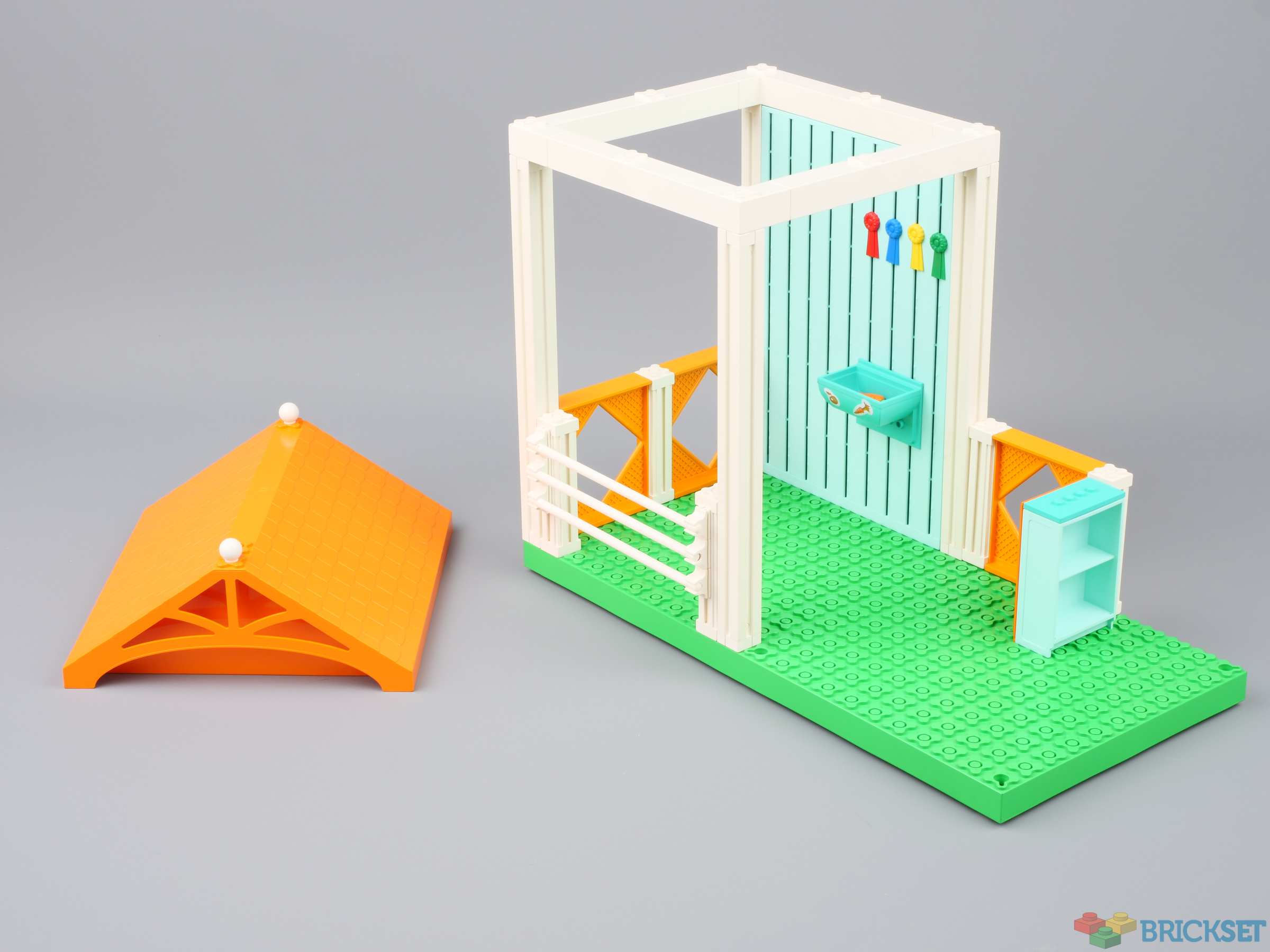


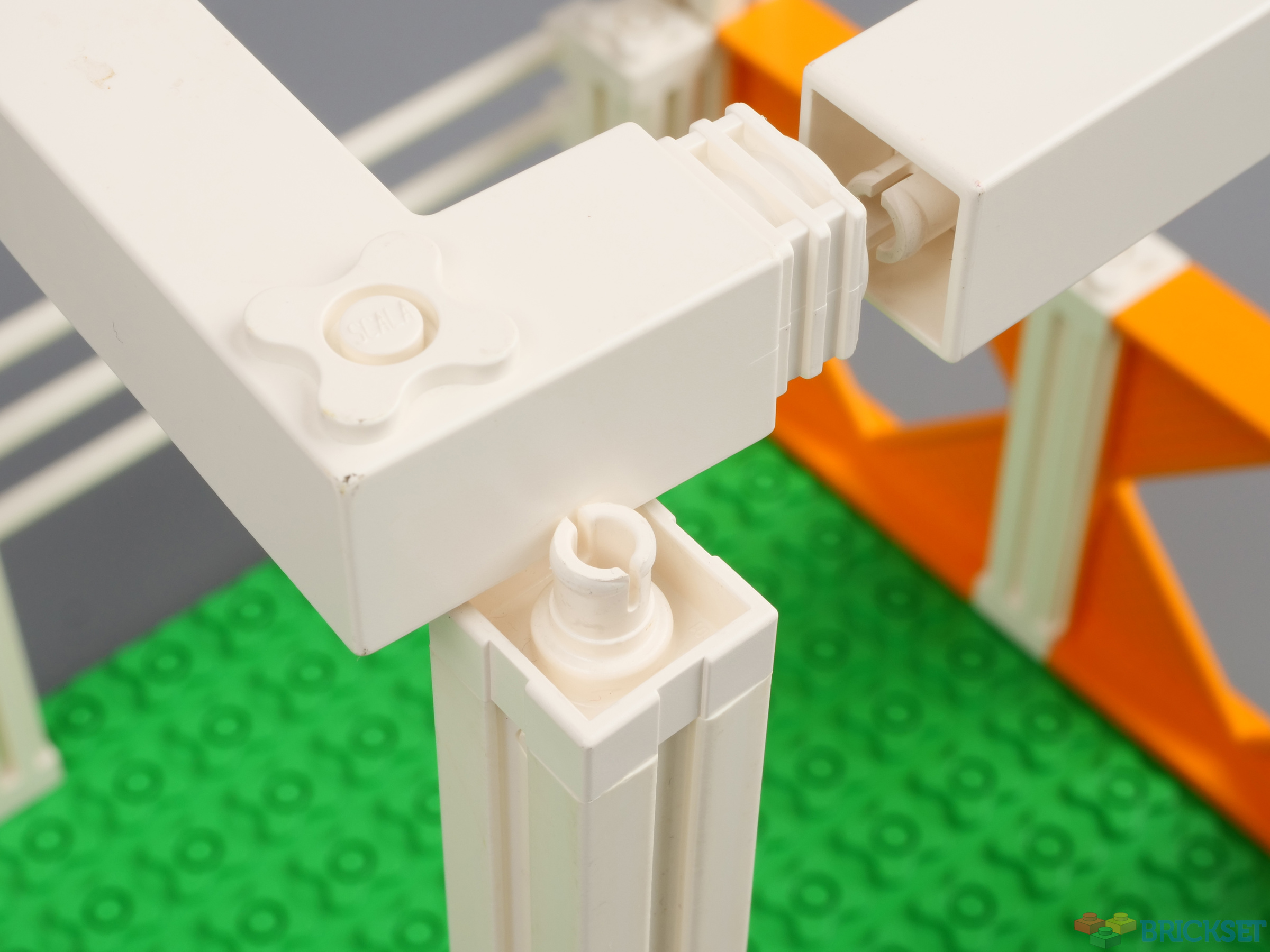
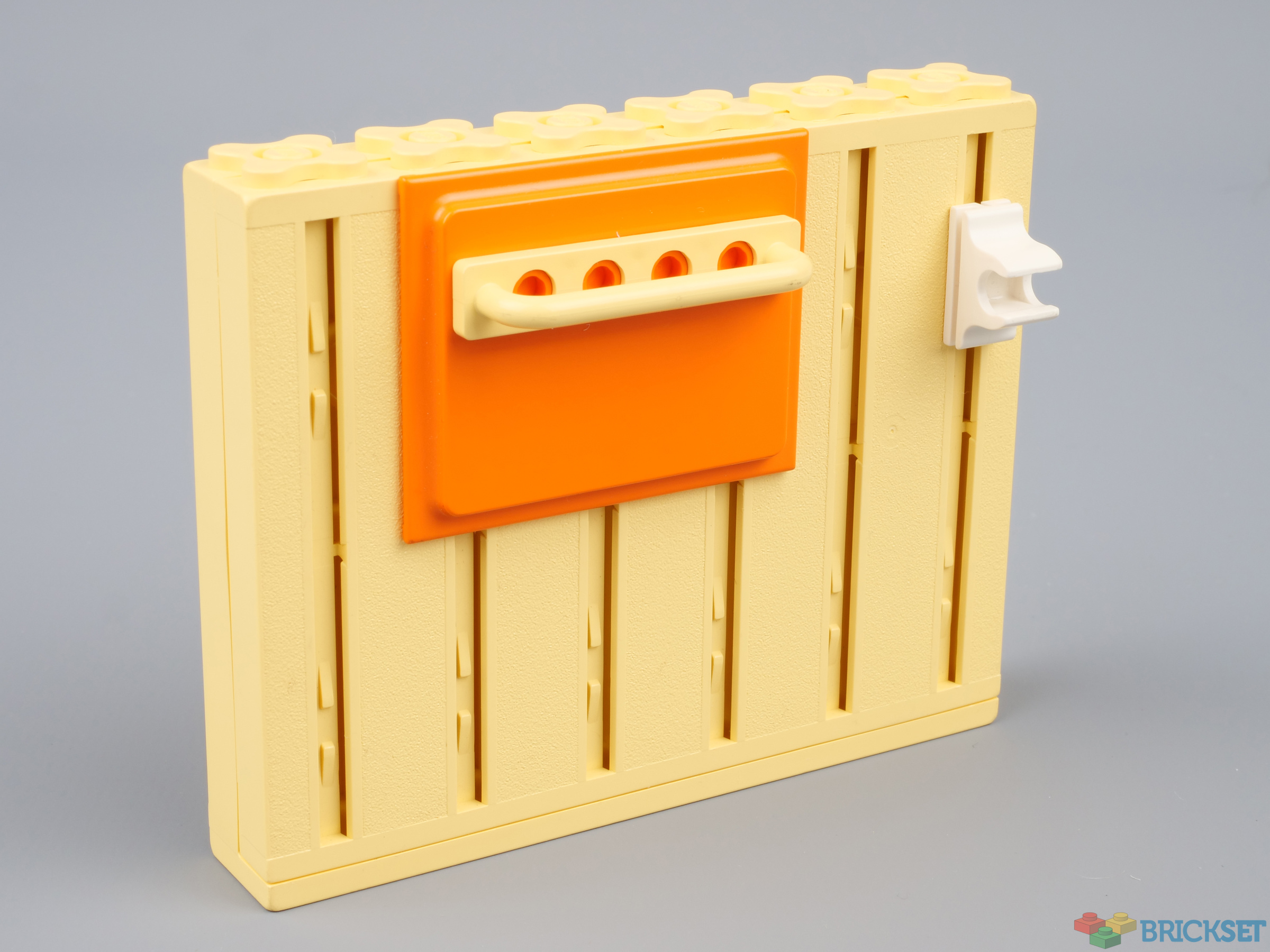
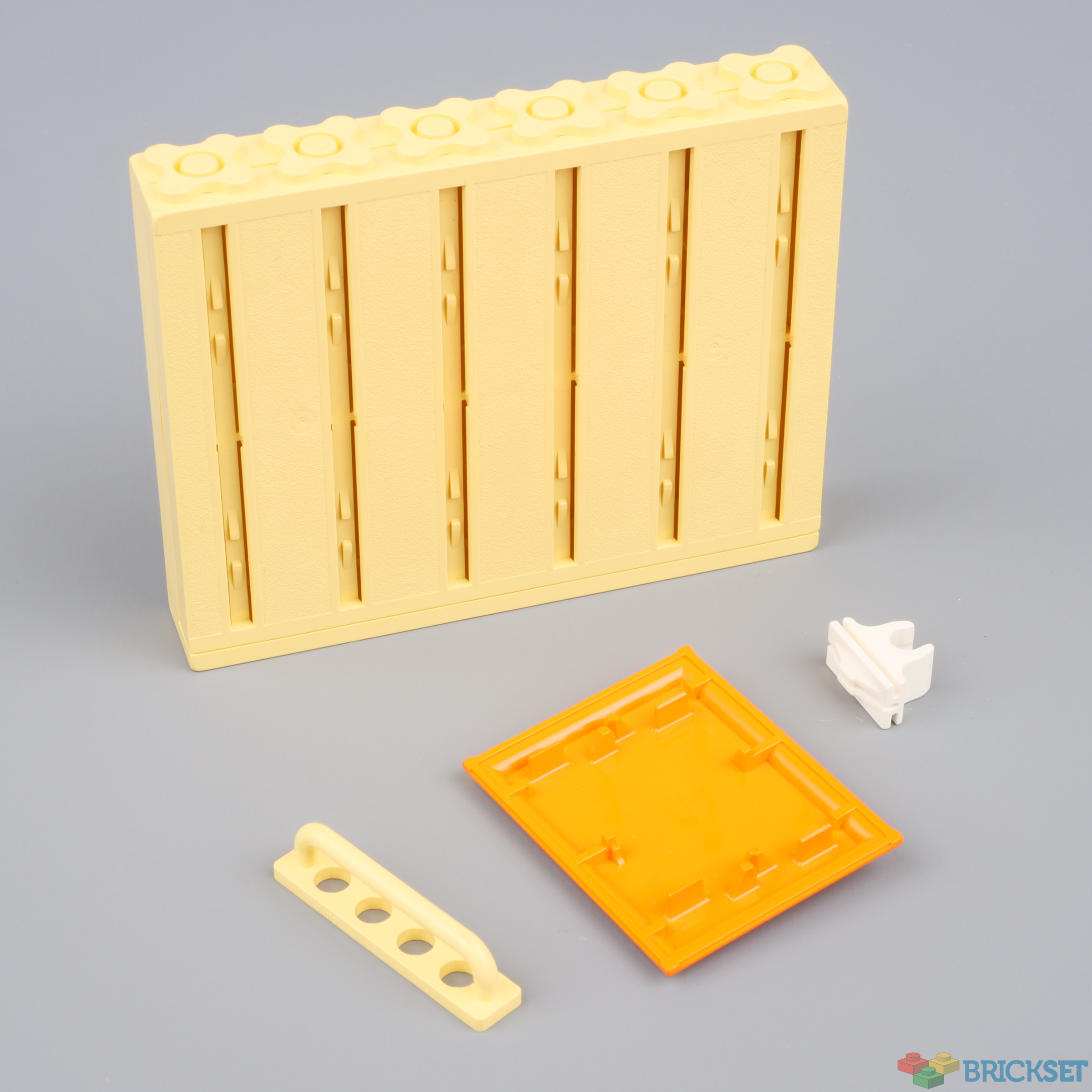
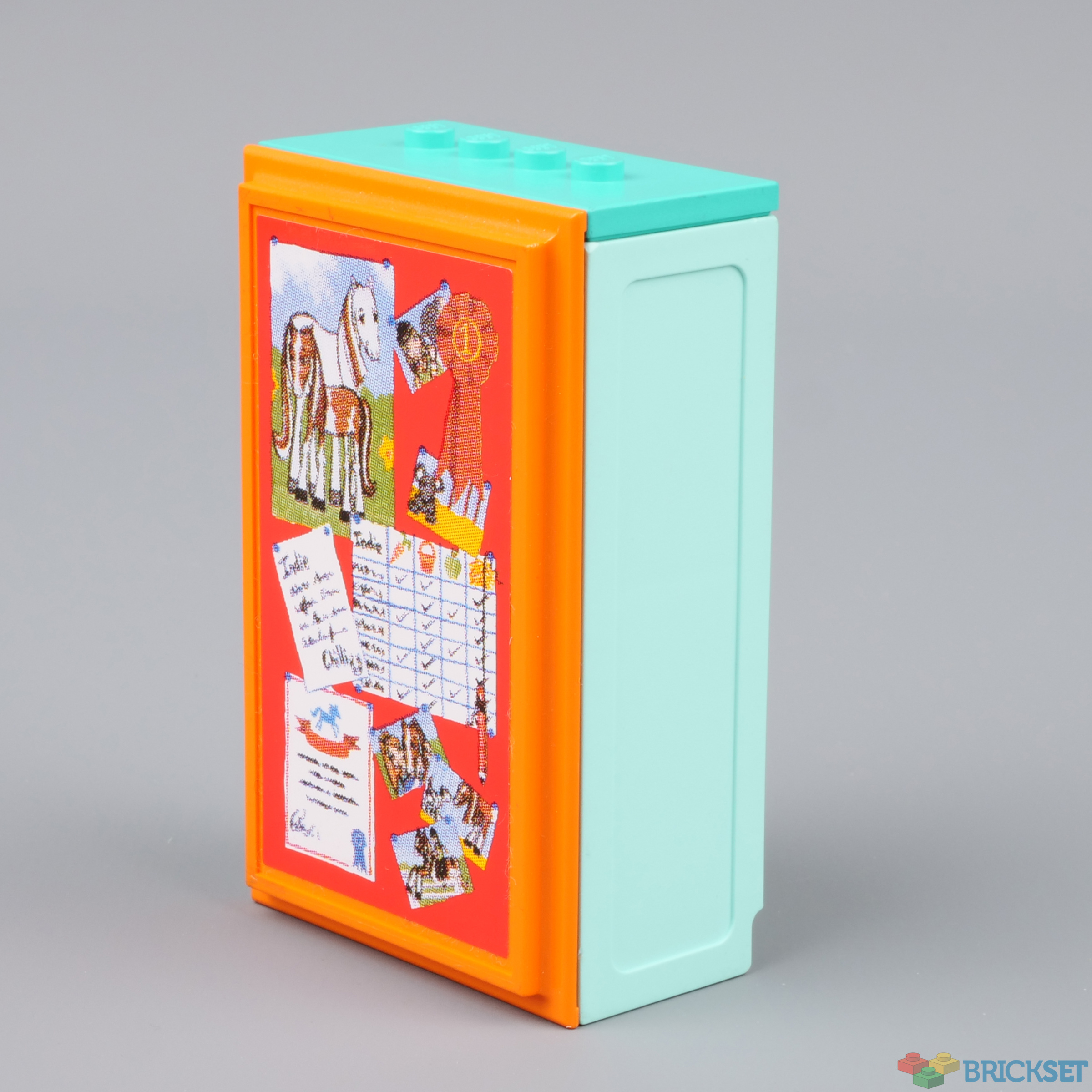
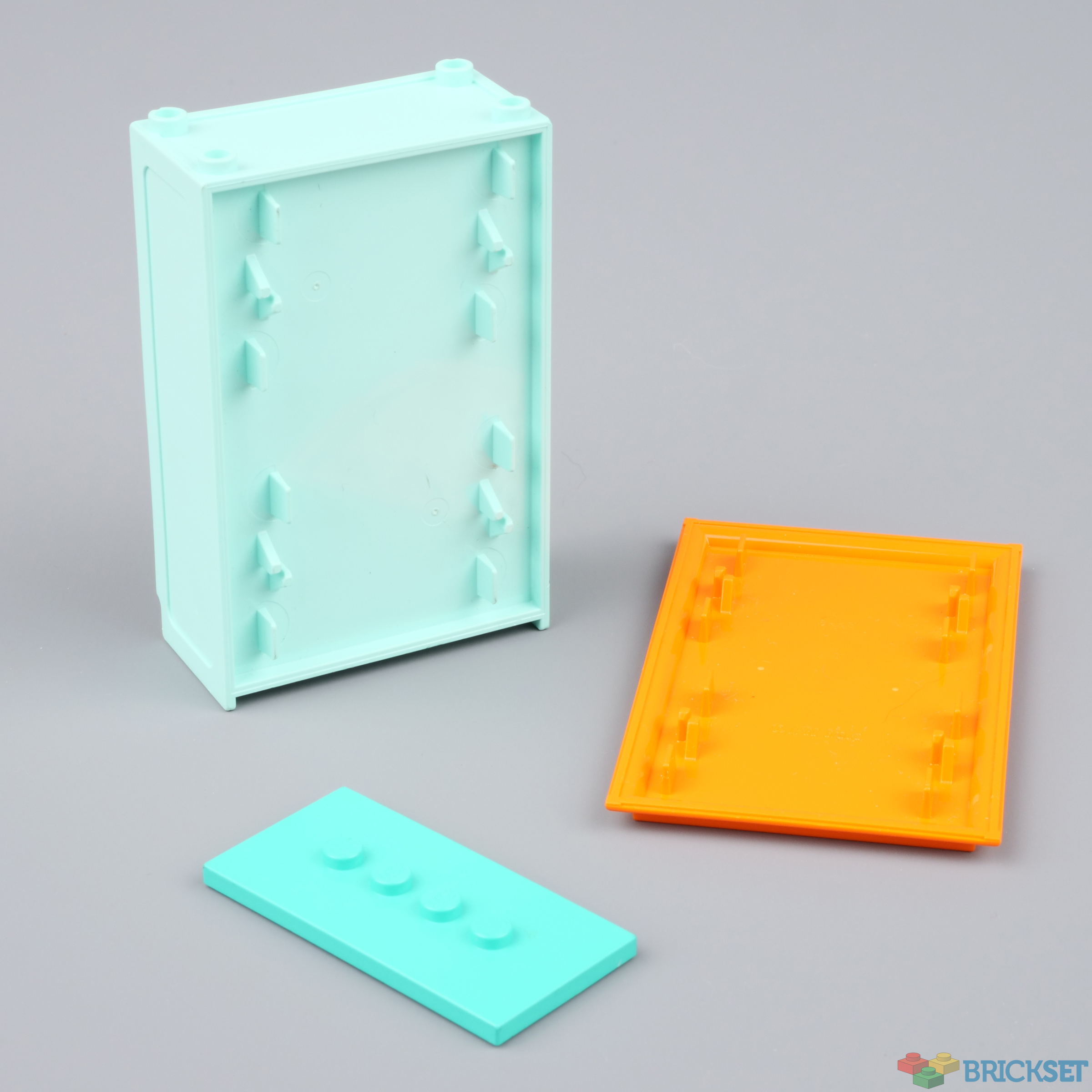
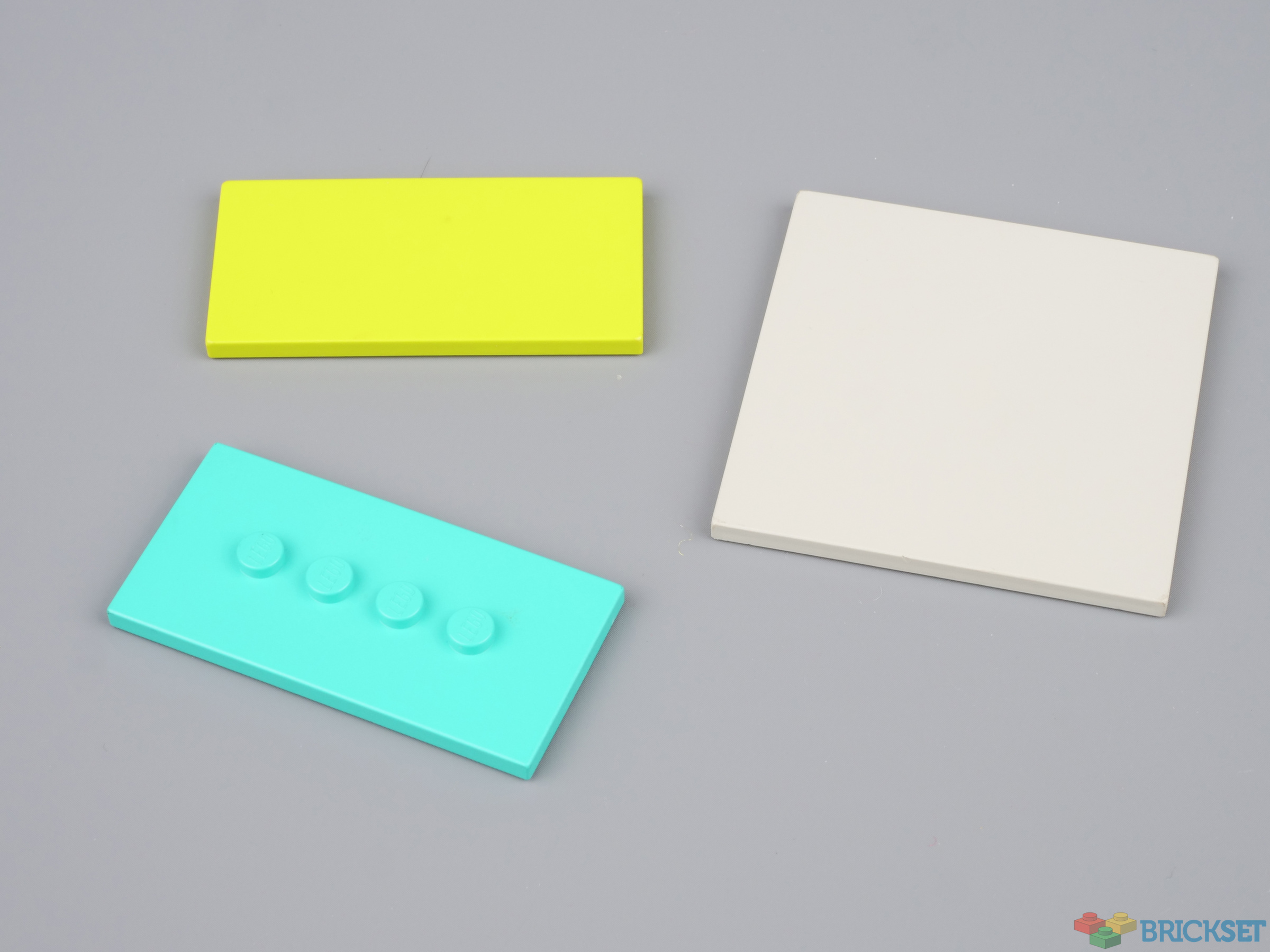
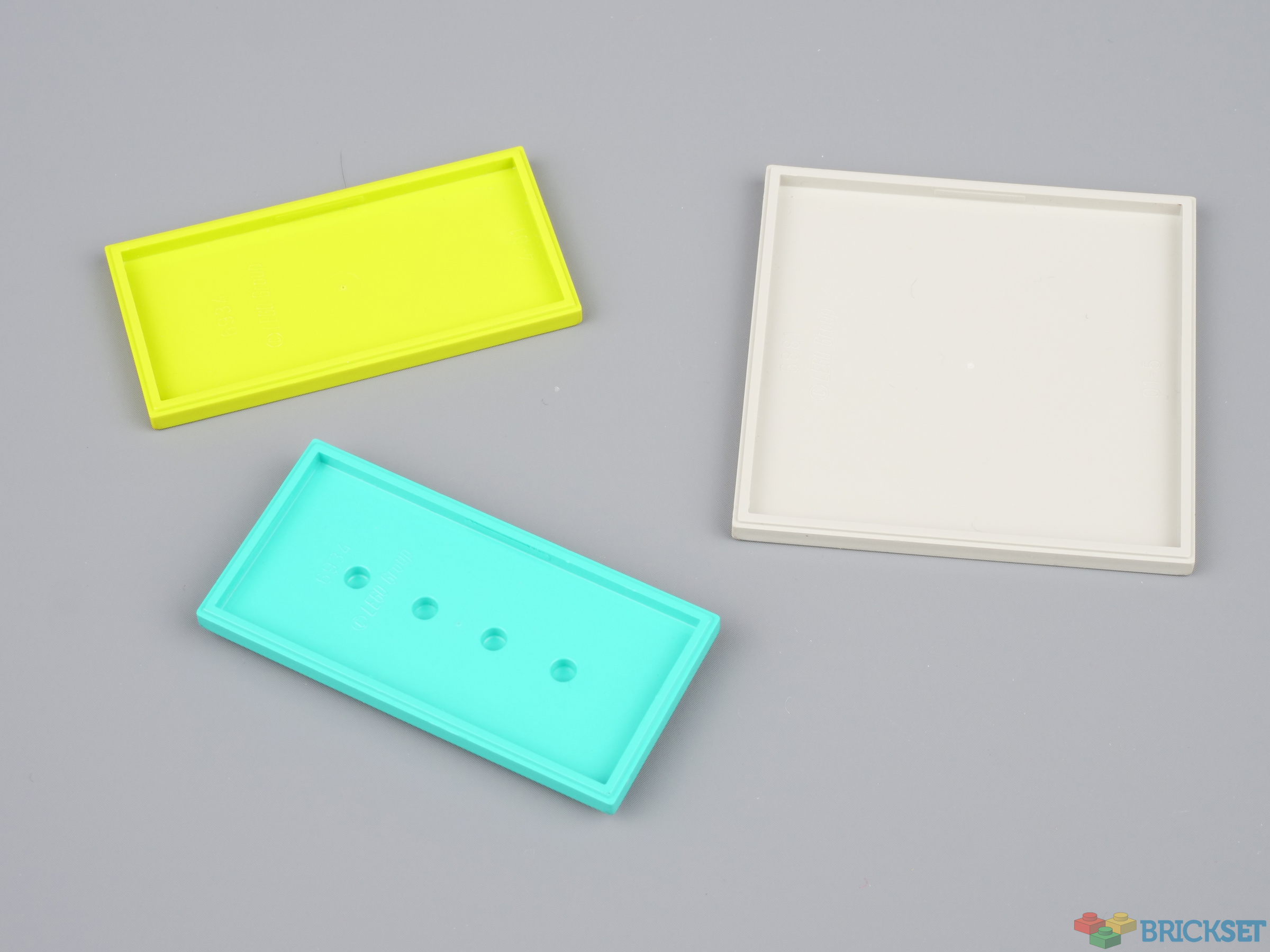
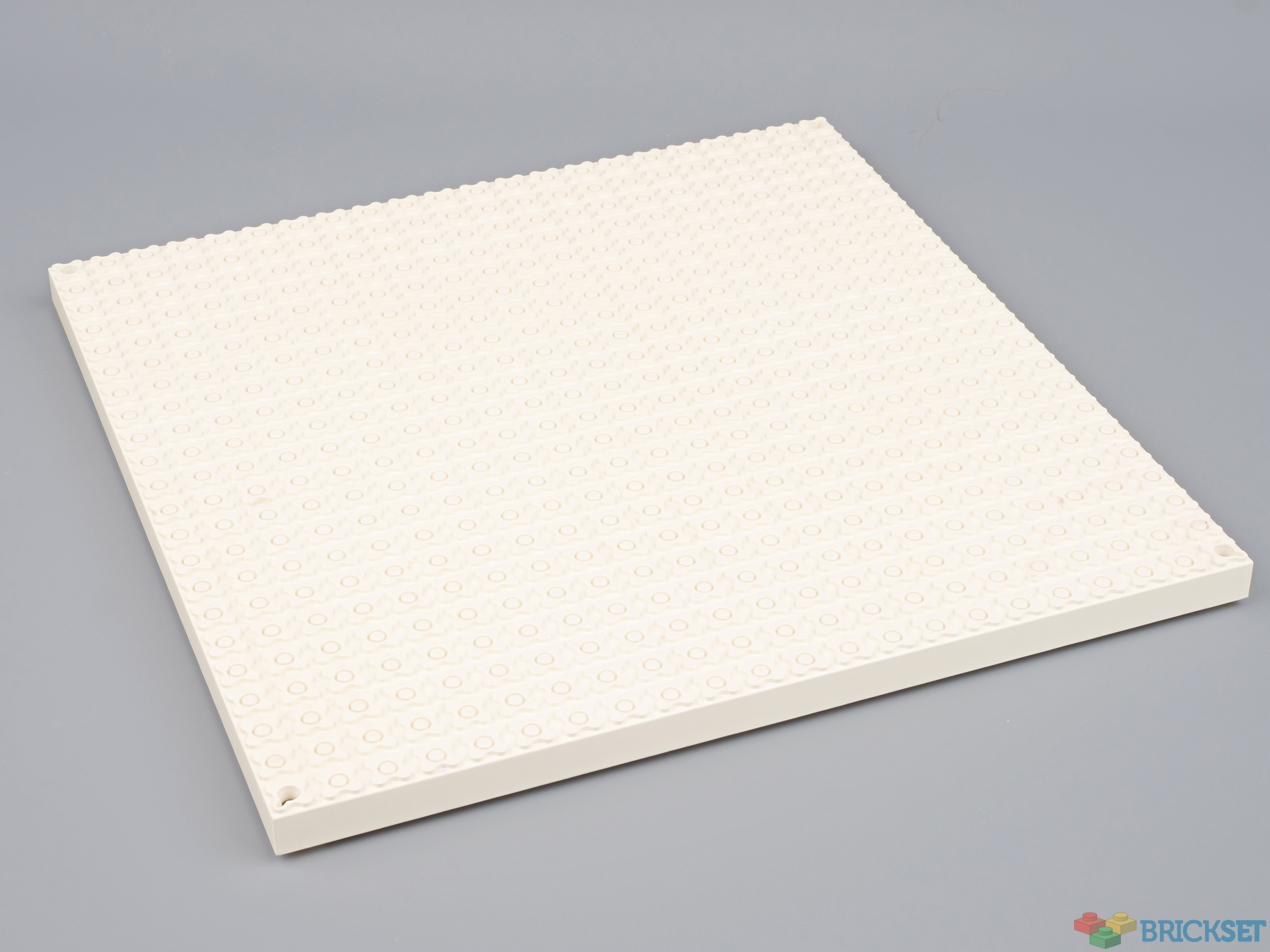
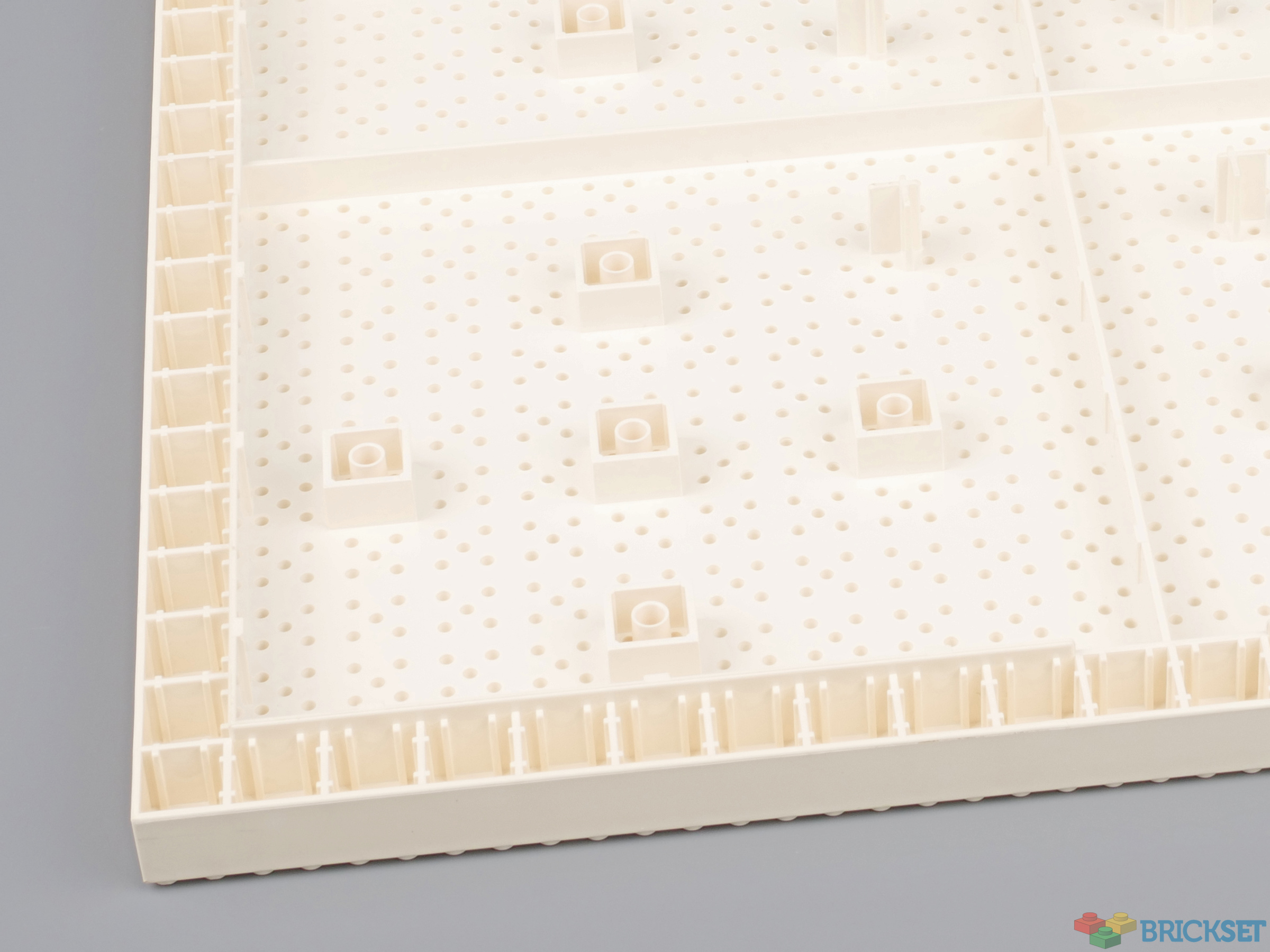
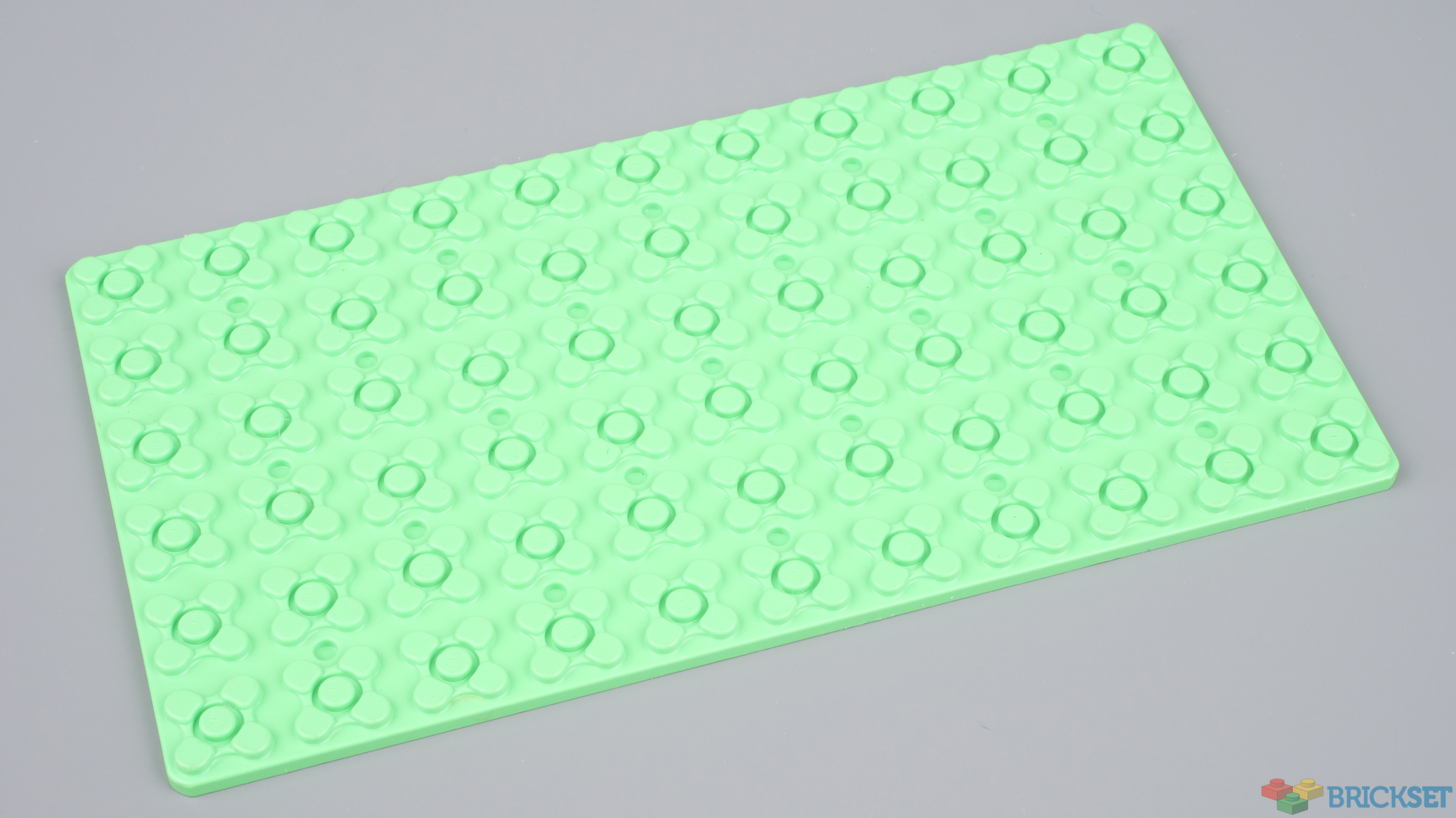
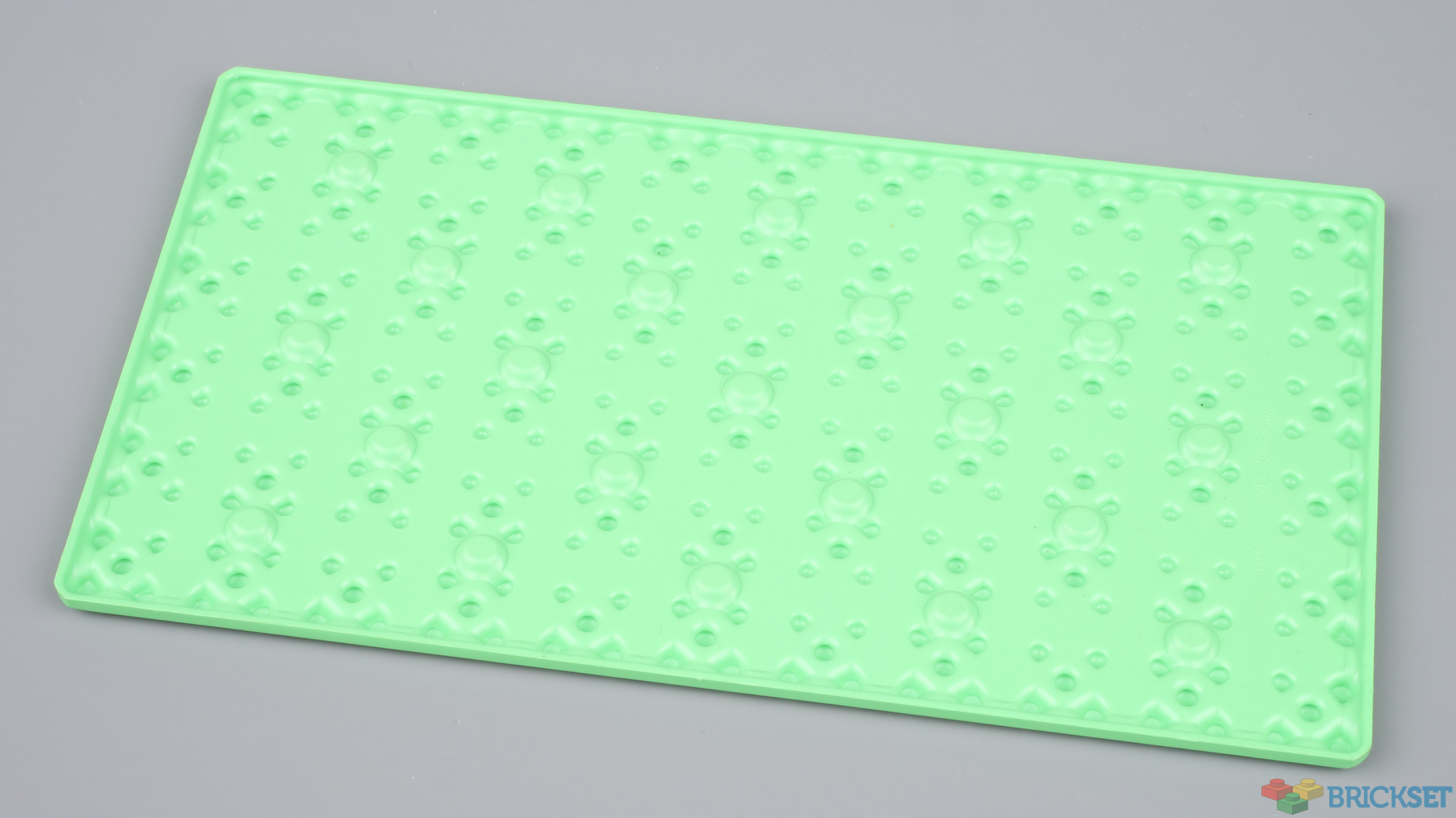
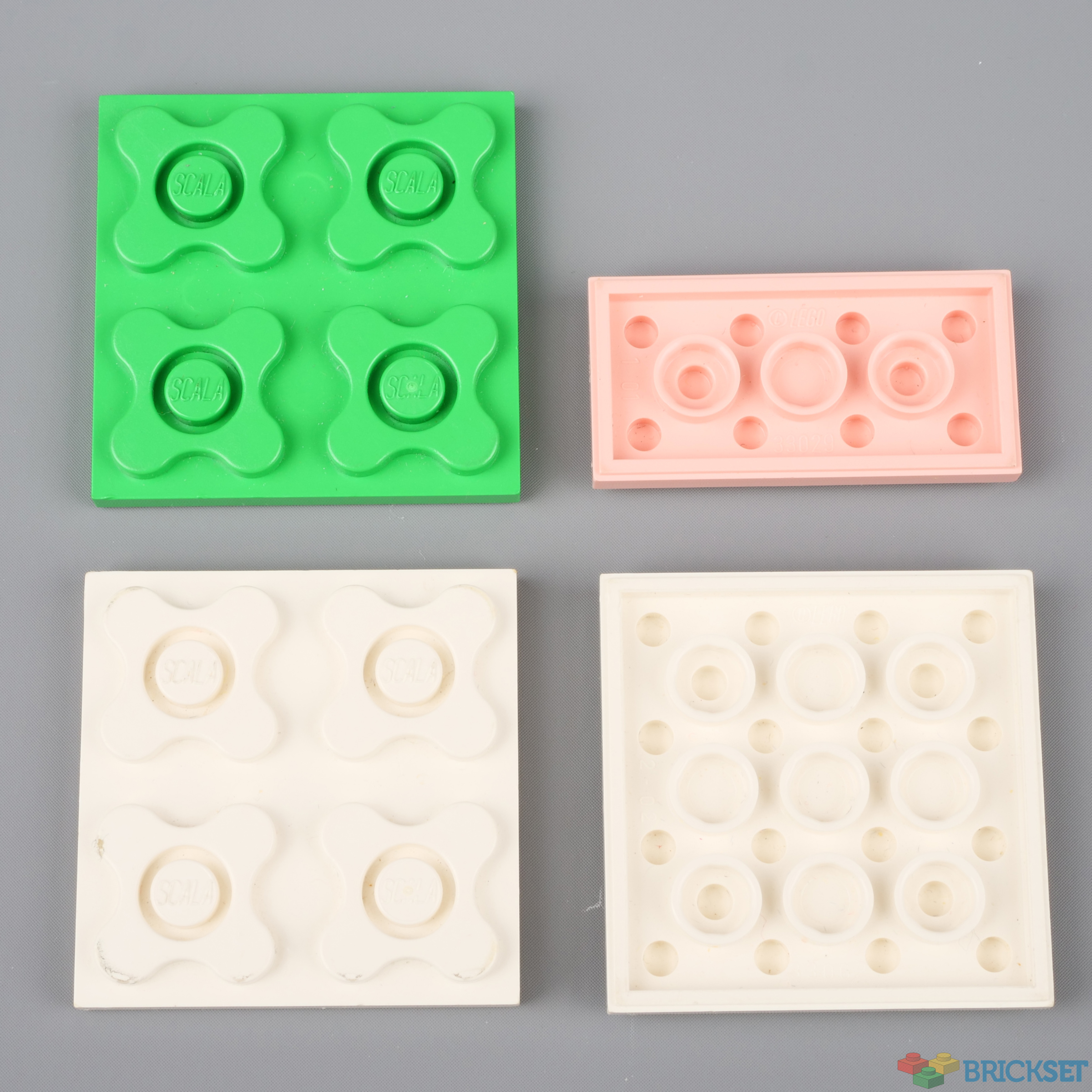
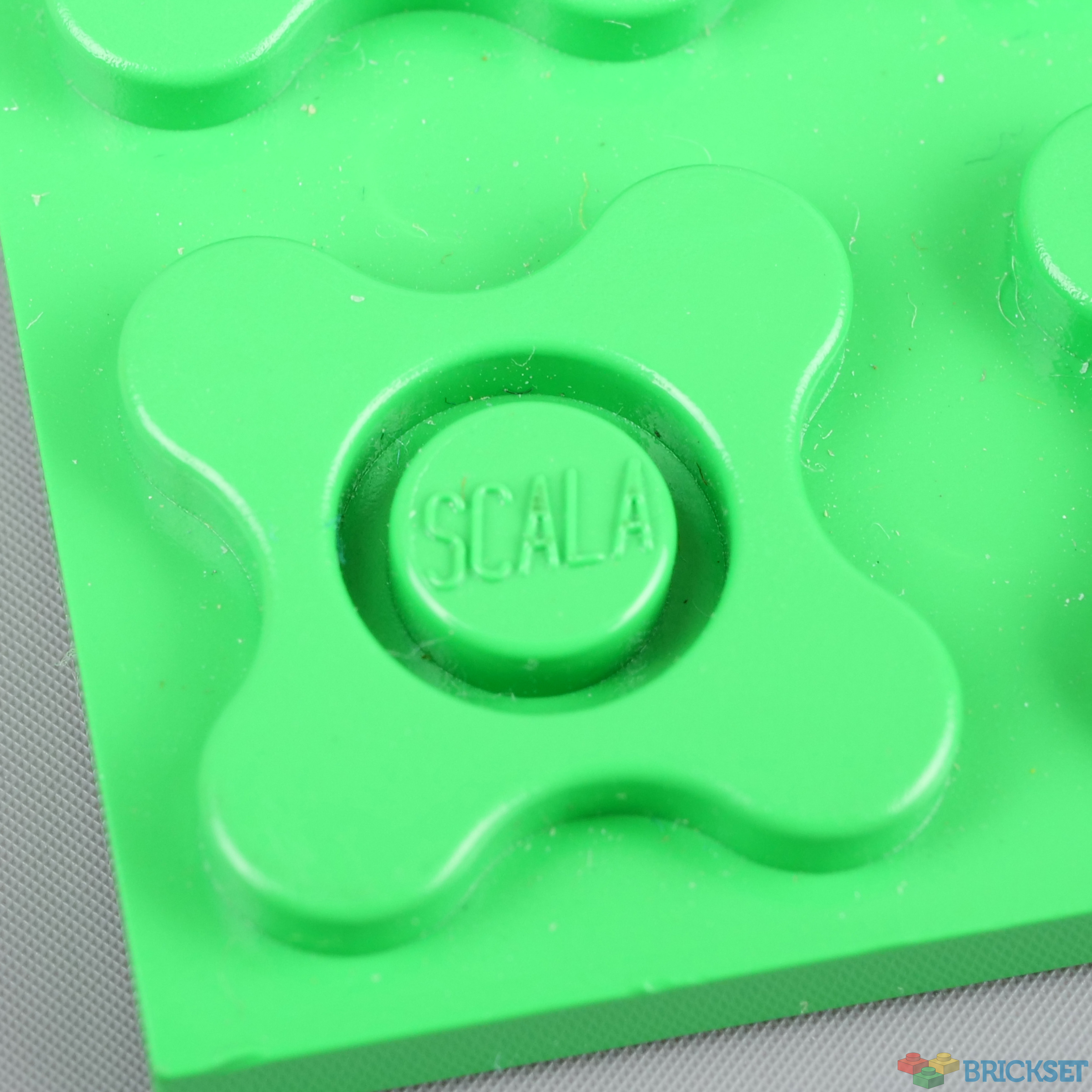
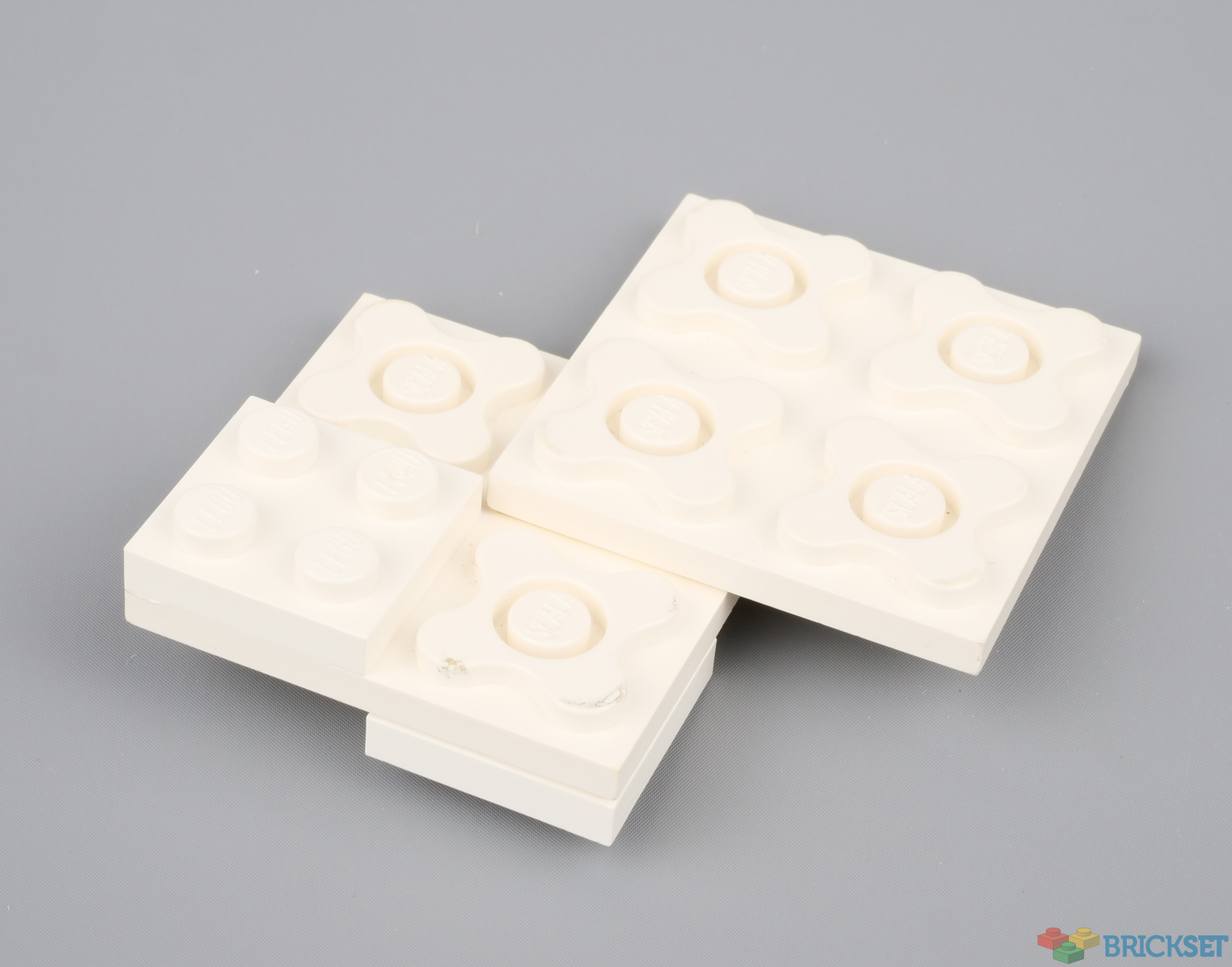
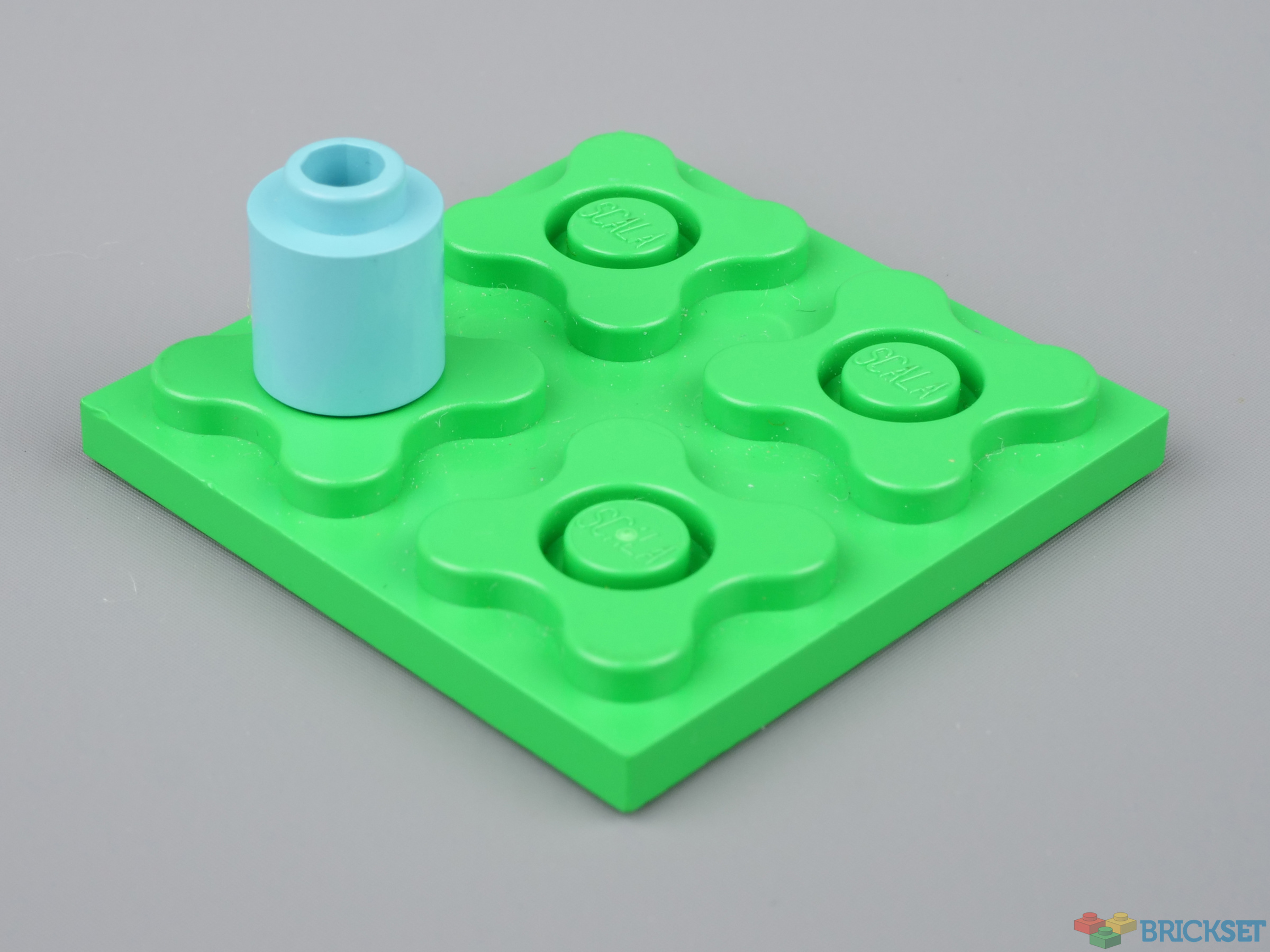
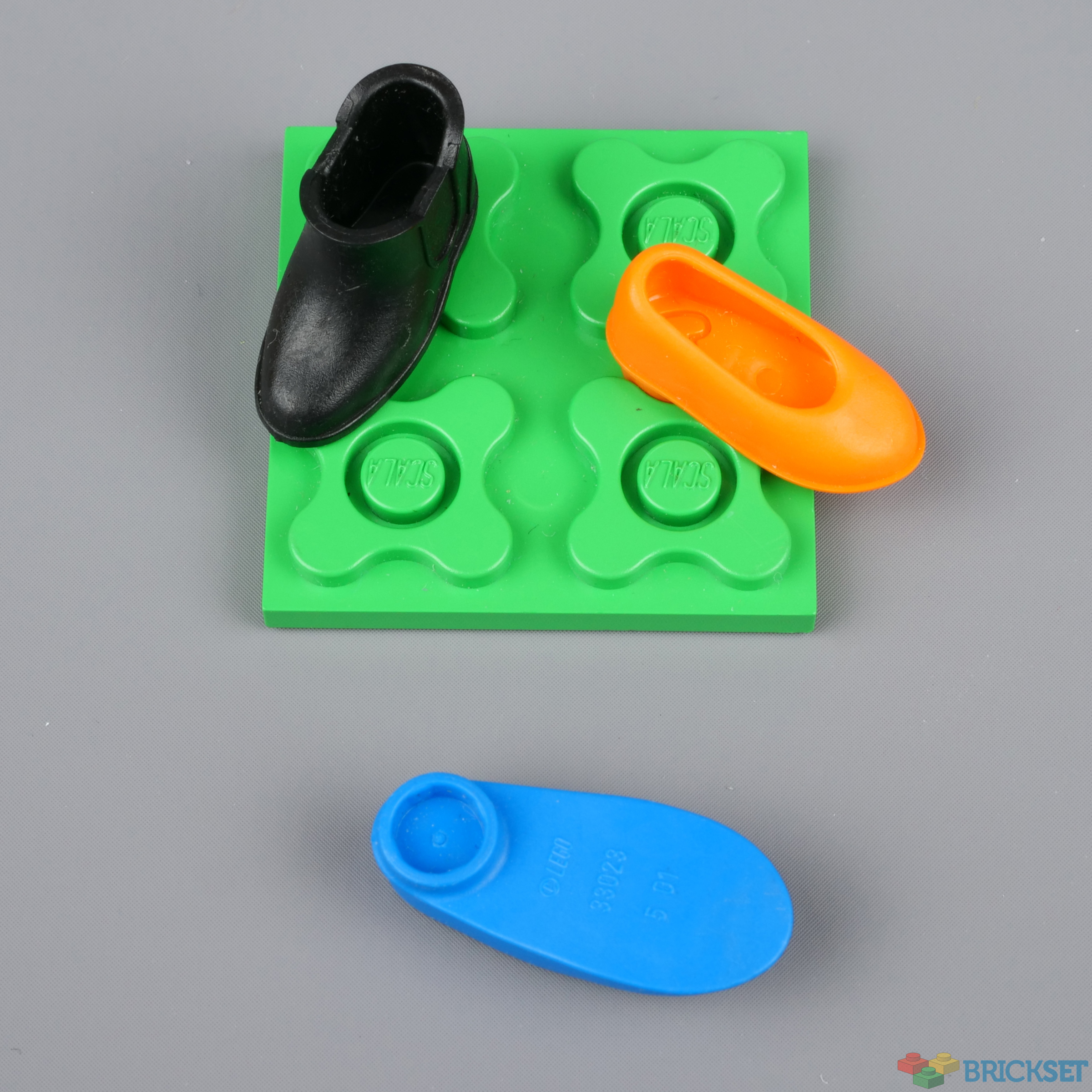
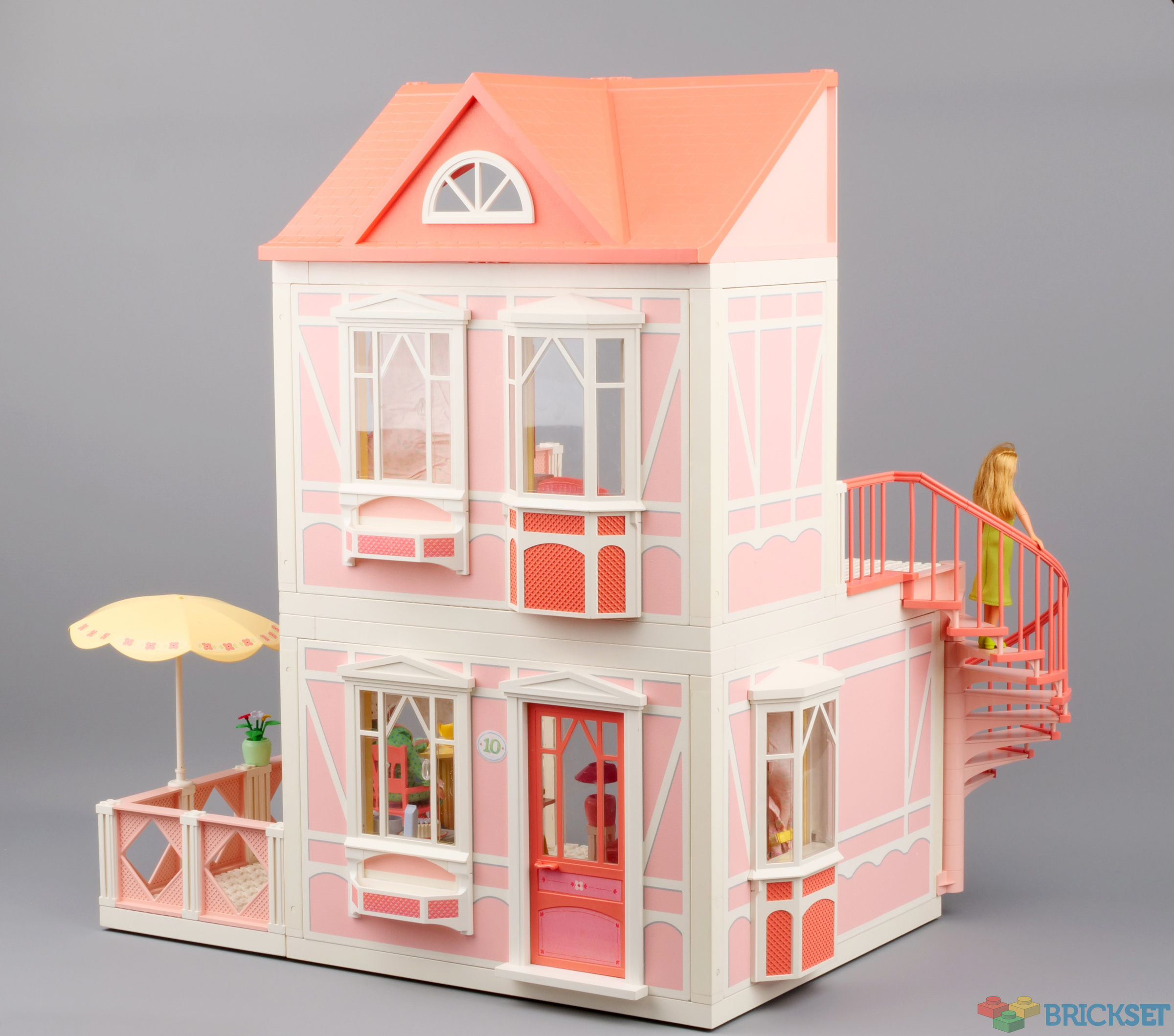
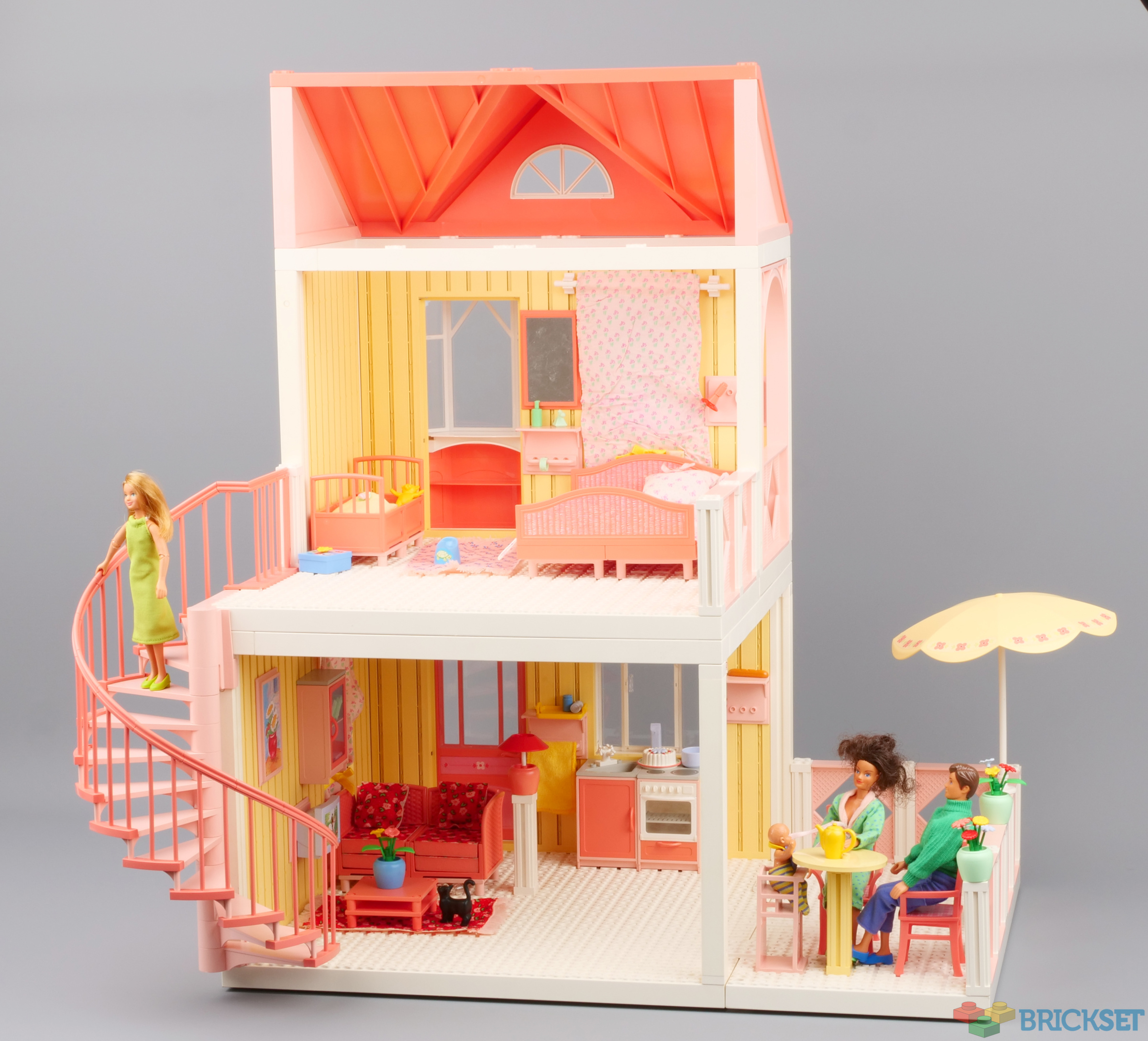
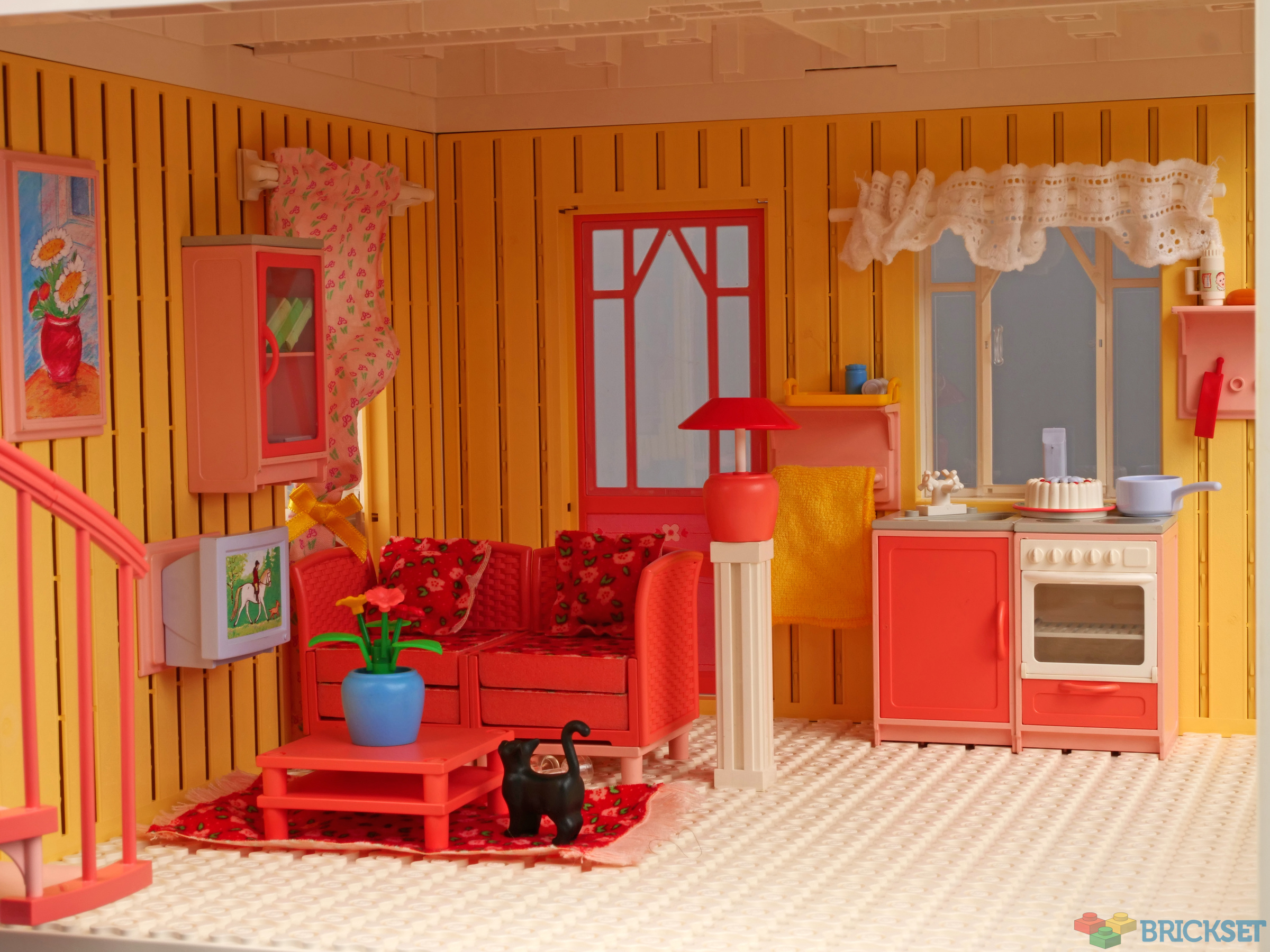
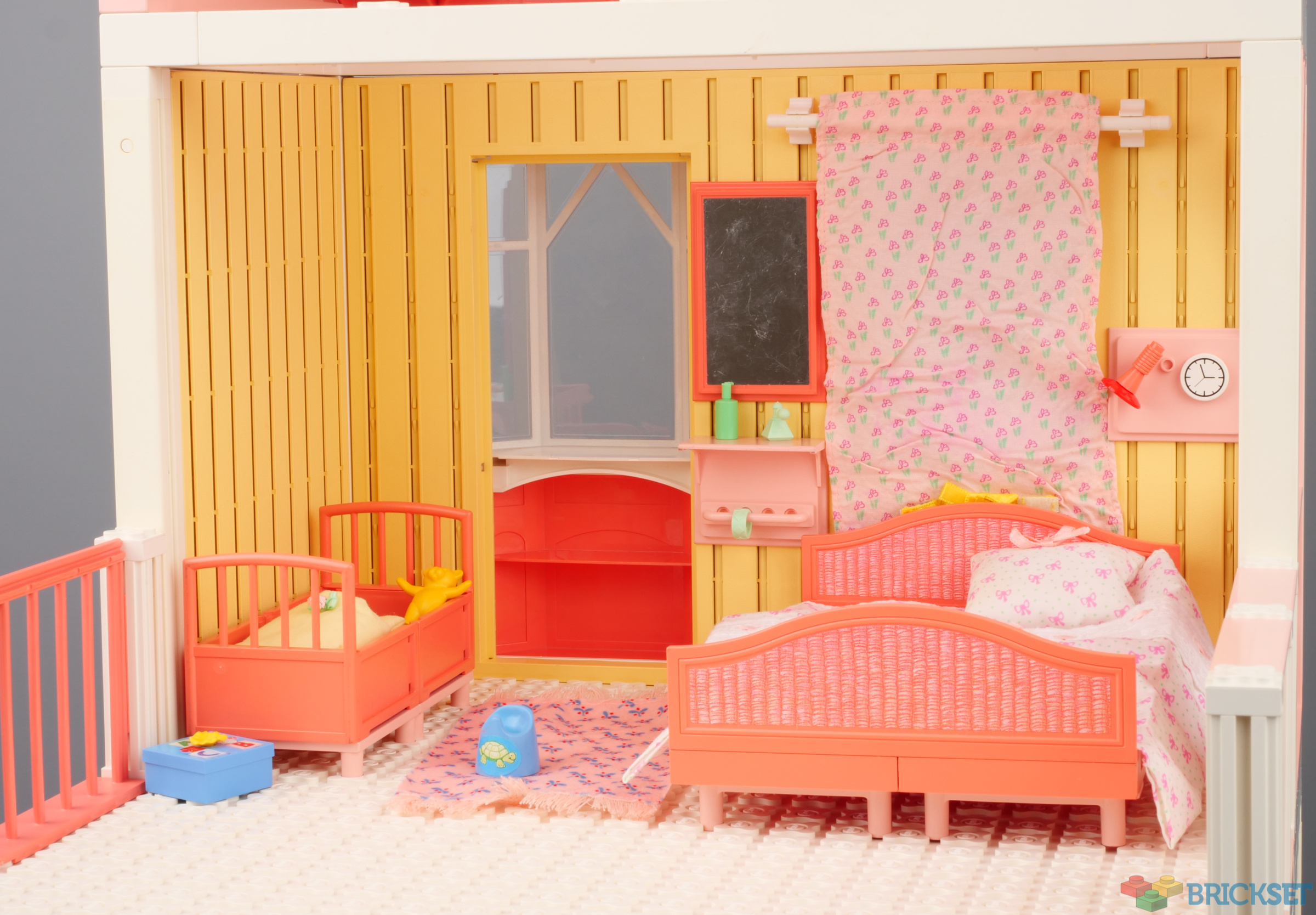
35 comments on this article
Thanks so much for these illuminating articles. Previously, I never gave Scala a look. Although not my cup of tea, there is a lot to admire about the Scala system. That Big Family House almost looks like a modular precursor and is quite impressive.
The Big Family House set goes for quite a lot of money on the secondary market... the cheapest one on Bricklink goes for like 240$. That's quite a lot of money for something I assume most people won't be interested in.
@LegoDavid said:
"The Big Family House set goes for quite a lot of money on the secondary market... the cheapest one on Bricklink goes for like 240$. That's quite a lot of money for something I assume most people won't be interested in. "
Collectors of weird LEGO themes will buy anything they need. Even if it's not widely popular, it makes sense to price hard-to-find sets higher (especially if the set is in good condition and complete) because the availability is low.
Its been a strange year! This week must be the strangest.
Are there significant similarities between the 44x44 baseplate and the IKEA BYGGLEK lids (besides the 44-stud dimension, for starters)?
Enjoying the Scala articles. Lego definitely went to some weird places before they pulled things back again.
Side note: I hope Huw posts the new video that Lego posted teasing the new Ideas Blacksmith set. It’s delightful.
It's strange how the pins are not the technic standard, what would the harm have been in keeping to the existing standard there?
Similarly with some of those large plates, it's a shame that they don't have the usual anti-studs on the underside. Had they had that, they could have joined other scala pieces in transitioning to regular sets.
Wow, I'm loving these articles. I'd never given Scala a thought because it just doesn't look like Lego. But I'm blown away by the care that the design team obviously put into these sets, and the attention to detail in ensuring the compatibility with traditional system elements.
Young me would have loved to have that house set! Current me is also quite tempted but has not space for another dolls house.
It is so bizarre and amazing to see something that is not regular Lego but has a similar emphasis on quality parts, modularity, and a system underpinning everything. Just the way the Scala flowers can work with normal antistuds is really impressive.
Thanks for the insight into Scala, Huw. That is a fabulous dream house for any child to play with. It was good of your friend to gift it to your girls, and it's good of you to take the time to share the sets with all of us. Looking forward to the wrap up!
I have very fond memories of playing with the dolls' house with my sister Alice :)
Wow. Amazing. Thanks for sharing, Huw! Such flexibility and detail in a Scala set! I’m noticing familiar parts used elsewhere in these two sets today.
^^^ Right! For all the kids! Not just "the girls"! Thanks for these interesting and informative articles, @Huw.
Really interesting - thank you
I'm jgadget, rather than jgadjet, and I wasn't generous enough to gift it @mfg3000.
I delivered it, since I was in the area.
^ It was half price or so, wasn't it? Can you remember?
That doll house looks wonderful!
3290 The Big Family House - it weighs a tonne
REALLY?!
If true, it will be the heaviest LEGO set in the world!
Do you not have that figure of speech in Russia? :-)
Regarding the bumps on the underside of the baseplates, everything I know about vacuforming screams that this is not possible, but I did figure out how they managed it after looking at the image of the top. There are small pits pressed into the top surface, which forces the underside down. The odd shape of the ventral bumps suggests they overcompensated for the depth required, and then pressed something down on top of them to create a large, flat surface and guarantee a precise height, while also shaping them so they'd fit between the flowers on top of a Scala plate or brick. It seems like a terrible amount of trouble to go to just to avoid injection-molding that part. If they can manage a 44x44x1-1/3 brick monstrosity, surely it would have made more sense to just make a plate instead of a baseplate.
@Wavelength:
You can see a hint of why with the shoes. The heels have a circle that fits in the center of each flower, between two flowers, or between four flowers. This heel circle is the same diameter as the base of a 1x1 round brick, plate, or cone. A Technic pin fits into a hole the size of the interior diameter of a 1x1 round brick. If they wanted these to use Technic pins, they would have had to maintain the diameter at the top of the socket to be compatible with the shoes, while making it narrower at the bottom to fit a Technic pin. If you leave a flat flange in the pit, it would make it very difficult to get the tips of the pins to line up with the holes. If you put any sort of funneled shape in there to guide the pin tips into the holes, it may have weakened the connection to the point where it'd be too easy to snap the pin off. And there's also the issue that at this point in the history of the company, there was less attention being paid to making sure that elements were as cross-compatible with each other as possible. There are a few instances of nearly-compatible connections being developed for different themes that really seem like they should have worked together, like how Fabuland, Belville, and Scala all had their own distinct connections for mounting big canopy umbrellas on umbrella stands.
Sorry, I don't have that cool dude...
@Huw, sadly I don't keep detailed records of my Lego purchases prior to 2000.
I dug around on lugnet to see if anything was there and managed to find a post from me in there.
They were £34.99 each, at the end of 1999.
Absolutely impressive system. Thanks for showing it, Huw. :-)
The instructions to 3290 The Big Family House are .... unusual.
What are 'tower tails'?
They are like towel rails but spelled differently ;)
Yeah, this house looks pretty dope. Better than Barbie's.
These sets are both awesome and weird at the same time.
@Huw said:
"Do you not have that figure of speech in Russia? :-)"
We surely do have it in Russian language, exactly the same phrase. GHED just took your words too literally, I'm afraid
I really apreciate that you show people these sets!
Remember EVERY THEME matters for a good MOCer!
Thanks, @Huw, I'm really enjoying these articles. Lots of nostalgia for me here... I'd have killed to have that giant house to play with with my sister.
Scala was great system and it's a damn shame it didn't stick.
@Huw said:
"Do you not have that figure of speech in Russia? :-)"
Yes, we have such figure of speech, and more akin to it besides. But I was pleased to see, this figure of speech applied for LEGO set. Hence my astounishment.
And INDEED, the LEGO set whic actually weights a TONNE, will be the Guinness Record.
@Neoka15 said:
" @Huw said:
"Do you not have that figure of speech in Russia? :-)"
We surely do have it in Russian language, exactly the same phrase. GHED just took your words too literally, I'm afraid"
Haha, you are right!
I think it'd be really cool for the grooves system for the walls to return. Nice for both texture and customization!